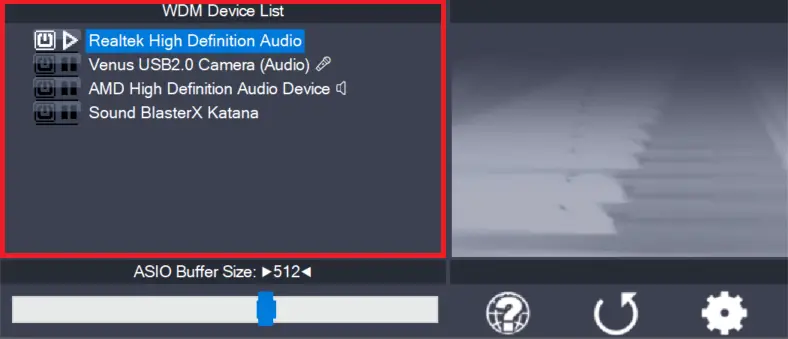What started as a bedroom project in early 2003 – for the sole purpose to get ASIO support for the AC97 on my laptop – has become ASIO4ALL – the universal ASIO driver for WDM audio. Honestly, I did not expect this project to become as popular as it has become (but this popularity would not particularly disappoint me, either 😉
ASIO4ALL is a hardware independent low latency ASIO driver for WDM audio devices. It uses WDM Kernel-Streaming and sometimes even more sophisticated methods to achieve its objectives.
In order to use ASIO4ALL, you need:
- A WDM-compatible operating system, (any Windows OS since Win98SE)
- A WDM-driver for your audio hardware, whereas all audio device drivers are WDM drivers, except sometimes under Win98SE/WinME.
- A couple minutes of your time and a little bit of luck.
What ASIO4ALL will NOT do:
- Replace your existing sound card drivers or mess with them in any way.
- Install any kernel mode components that could potentially affect the stability of your system.
- “Overclock”, or otherwise operate your audio hardware in ways that could potentially be harmful and/or void your warranty, except, of course, in cases where the manufacturer of your hardware has specifically stated that the use of ASIO4ALL would void your warranty indeed.
ASIO4ALL is free for the end user. Commercial exploitation (resale/bundling…), however, is restricted.


